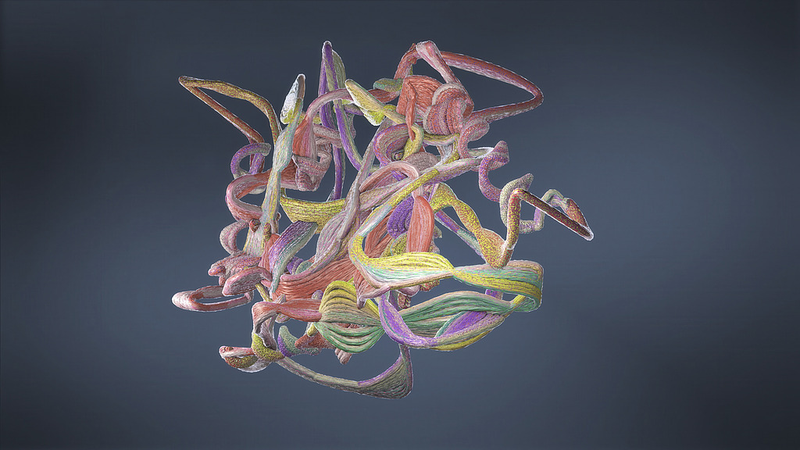Imagine navigating a dark cave or murky ocean relying solely on sound. For bats and toothed whales, this isn't science fiction, it's a remarkable feat of evolution known as echolocation. But how did two distant lineages arrive at the same complex ability?
A Chinese mainland research team at the Institute of Zoology of the Chinese Academy of Sciences teamed up with artificial intelligence to unravel this mystery. By applying a novel computational framework dubbed "ACEP," which leverages a pre-trained protein language model, they discovered that high-order protein features play a critical role in adaptive convergence.
Convergent evolution occurs when different species independently evolve similar traits in response to comparable environmental pressures. In this case, both bats and toothed whales developed sonar-like systems to hunt and navigate in low-light or underwater environments.
"A protein language model can understand the deeper structural and functional characteristics and patterns behind amino acid sequences," explains team leader Zou Zhengting. By interpreting these hidden patterns, ACEP pinpointed the molecular blueprints that enabled echolocation to emerge in two very different creatures.
Published in the Proceedings of the National Academy of Sciences, the study marks a leap forward in evolutionary biology. It demonstrates how AI-driven tools can decode complex biological mechanisms, offering a new lens on life's adaptability.
Beyond charting the evolutionary journey of sonar, the research highlights AI's growing potential to tackle deep biological questions – from tracing gene function to predicting disease mutations. As AI continues to evolve, so too will our understanding of the natural world.
Reference(s):
Chinese scientists use AI protein model to decode convergent evolution
cgtn.com



